With world-famous beaches, legendary nightlife, and centuries of history and culture, it’s not hard to see why Thailand is one of the world’s top travel destinations.
But! The Thai power system is unique and you don’t want to risk your devices breaking due to an incompatible or low-quality power adapter, or a power surge that is not supported by a trusty fuse protector. Use this quick guide to learn the basics and ensure you can charge everything while you’re in Thailand! We’ll also cover some necessary additions to your packing list and common FAQs.





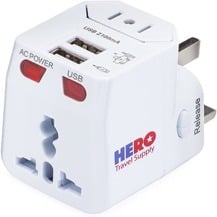
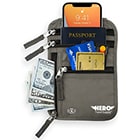
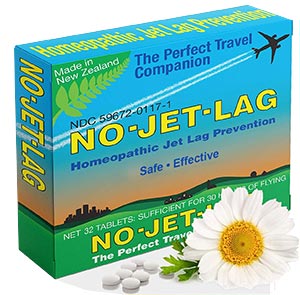


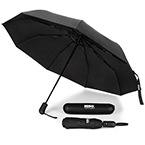

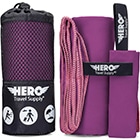
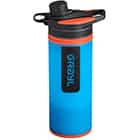
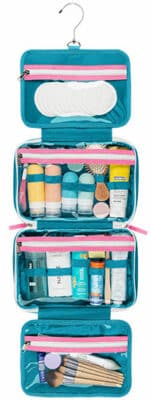


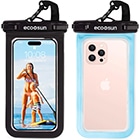
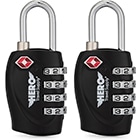
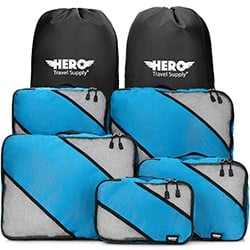

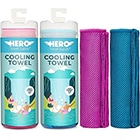
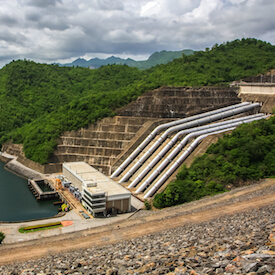
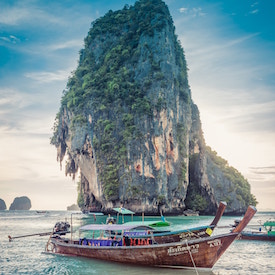 High season in Thailand runs from December to February, when the weather is slightly cooler and mostly dry. Popular destinations can get extremely crowded then, and prices go up, especially in southern Thailand. In most of the country, November is the ideal month to visit. The peak season crowds (and prices) haven’t yet arrived, the temperatures are nearly as cool as they’ll get, and the rainy season is ending. On the Gulf Coast, though, the best choice is probably March, when the rains and peak season will both be over. Be sure to check current
High season in Thailand runs from December to February, when the weather is slightly cooler and mostly dry. Popular destinations can get extremely crowded then, and prices go up, especially in southern Thailand. In most of the country, November is the ideal month to visit. The peak season crowds (and prices) haven’t yet arrived, the temperatures are nearly as cool as they’ll get, and the rainy season is ending. On the Gulf Coast, though, the best choice is probably March, when the rains and peak season will both be over. Be sure to check current 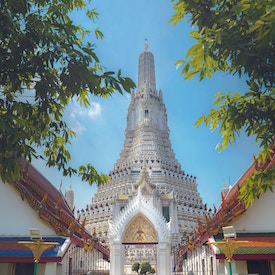 Many of the top things to do in Thailand are available in most of the country’s popular destinations: visiting temples, browsing markets, taking a cooking class, and getting a massage, for starters. Some of Thailand’s top destinations include the history- and culture-packed Chiang Mai in the north, as well as nearby Chiang Rai, home of the famed White Temple and Blue Temple. For ruins a la Angkor Wat, head to Ayutthaya or Sukhothai.
Many of the top things to do in Thailand are available in most of the country’s popular destinations: visiting temples, browsing markets, taking a cooking class, and getting a massage, for starters. Some of Thailand’s top destinations include the history- and culture-packed Chiang Mai in the north, as well as nearby Chiang Rai, home of the famed White Temple and Blue Temple. For ruins a la Angkor Wat, head to Ayutthaya or Sukhothai.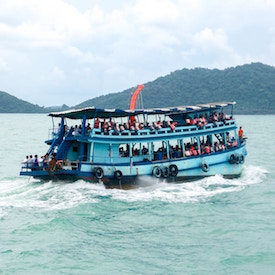 Thailand is very well-connected with many transportation options. To go directly between the north and south, flying is the most feasible, and domestic flights on airlines like Nok Air and AirAsia are usually inexpensive. Thailand also has an extensive rail network, and all but the cheapest classes are extremely comfortable. The second-class overnight train is especially popular for travelers going to and from Bangkok.
Thailand is very well-connected with many transportation options. To go directly between the north and south, flying is the most feasible, and domestic flights on airlines like Nok Air and AirAsia are usually inexpensive. Thailand also has an extensive rail network, and all but the cheapest classes are extremely comfortable. The second-class overnight train is especially popular for travelers going to and from Bangkok.